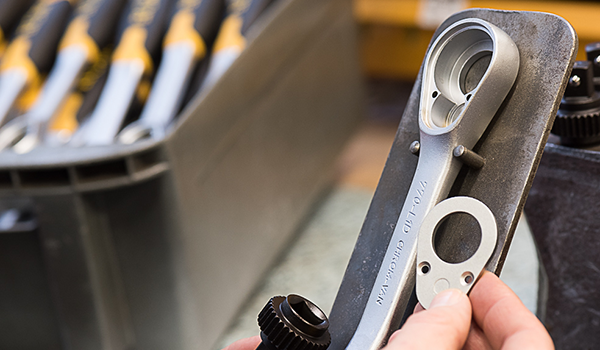Production
Stages in the production
of a socket
Step by step to perfection
If ELORA customers want to get the full benefit of an ELORA ratchet, they really need sockets of the same high quality. As you would expect, the manufacture of these sockets is subject to the same stringent quality requirements and ELORA sockets are also hot forged.
This creates a microscopic fibrelike structure in the metal with no interruptions (in contrast to cold-formed tools) which always runs parallel to the outer shape. Unwanted stresses in the tool are thus kept to an absolute minimum. At the same time, this increases the tool’s durability and tensile strength by a considerable degree – these are product benefits that pay for themselves, especially when you are applying full loadings, and enable long service lives.

Cutting
The starting material is high-grade ELORA chrome vanadium 31 CrV3 / 1.2208. Sections are cut from bar material.
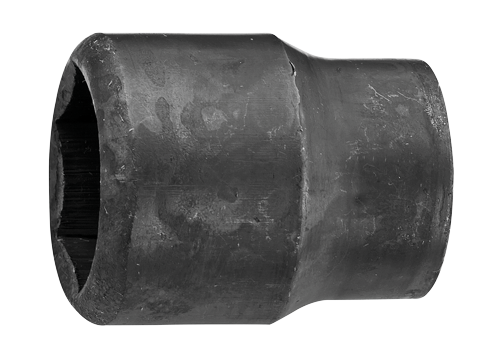
Forging
In three operations, the socket blank is hot forged in a press. This is how the square drive,
hexagon drive and 12 point profiles are made.

Turning and knurling
Turning and knurling give the socket its final shape and in this process it is also trimmed to length.
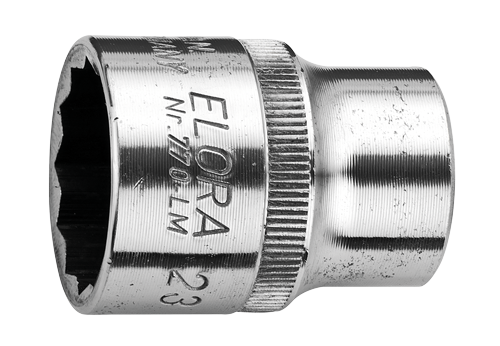
Roller stamping
The company markings and size details are stamped on the outside using a roller stamp.
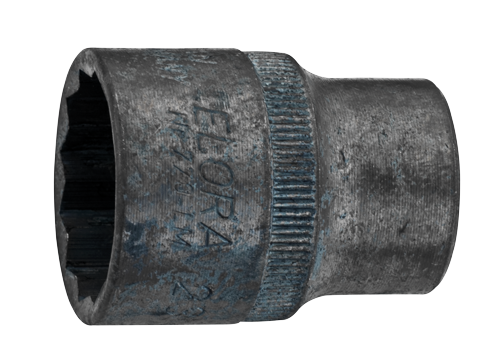
Hardening
To ensure the socket has the necessary tensile strength combined with high ductility,
it is hardened and tempered in a protective atmosphere.
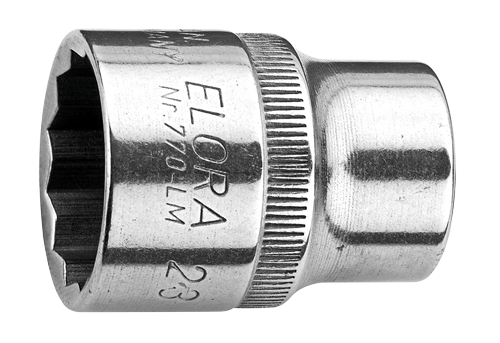
Sandblasting
The sandblasting and polishing stage is preparation for electroplating.
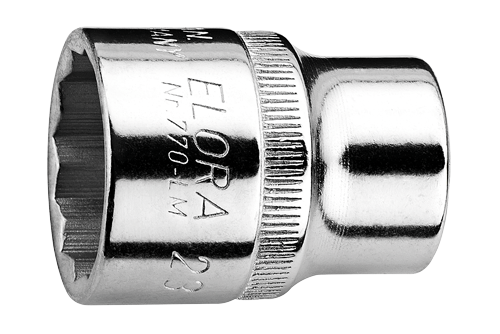
Electroplating
Anti-corrosion protection is provided by the nickel layer which is applied by electroplating. The electroplated chrome layer provides the perfect finish and improved tactile qualities.
Further insights into the manufacturing process
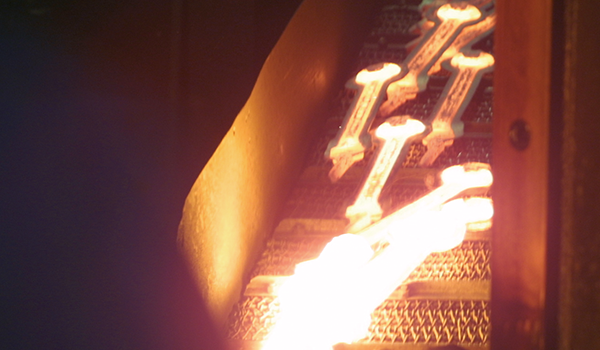
Spanner
